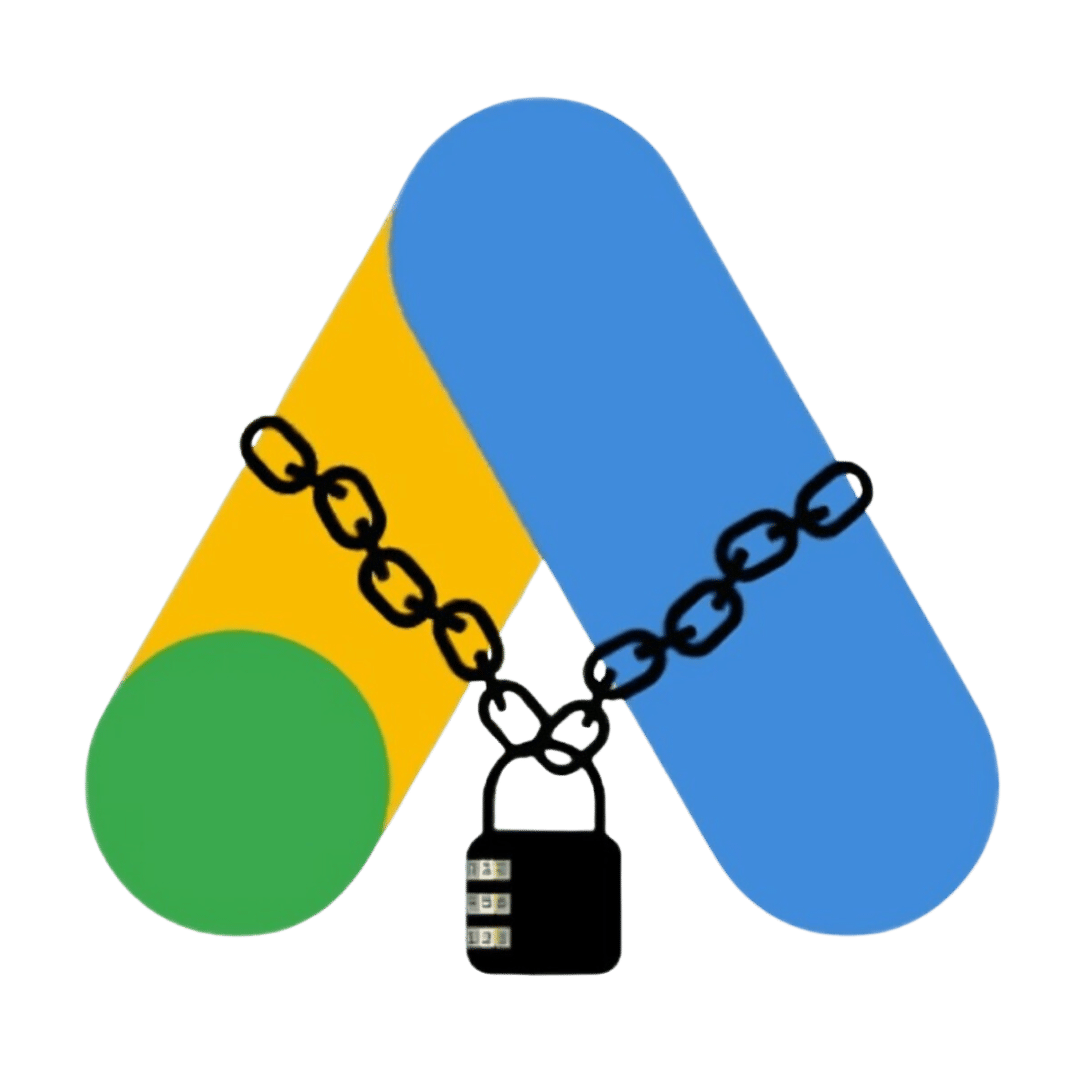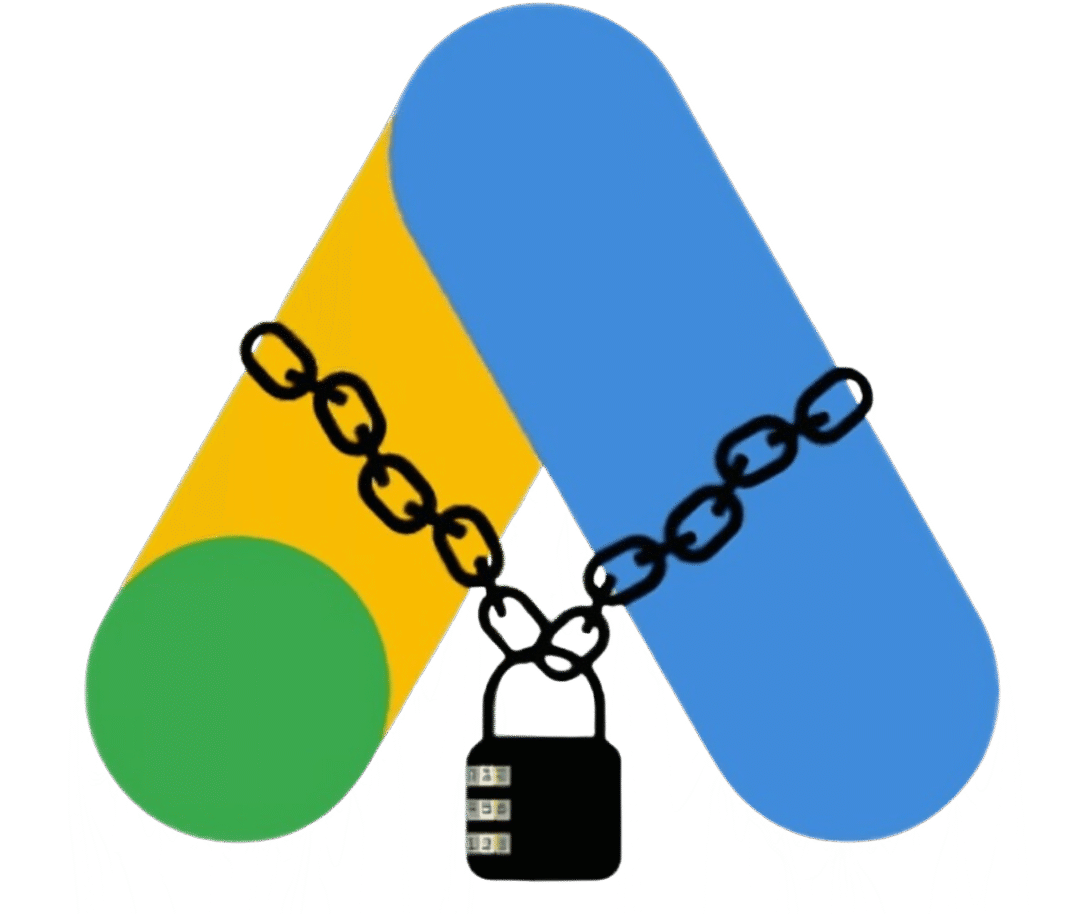Google’s ranking algorithm is more than just a formula of keywords, tags, schemas, and snippets. In fact, 9 out of 10 SEO professionals miss the mark by overemphasizing technical tactics while neglecting the core principle behind Google’s search engine: visitor feedback. This article will explore how genuine user engagement and positive visitor signals can significantly enhance your SEO performance.
more information: seotopsecerts
Understanding the Real SEO Metric: Visitor Engagement
Most SEO experts get caught up in keyword stuffing and technical optimizations, yet the truth is that Google prioritizes pages that offer real value to visitors. When users spend more time on your site, interact with your content, and provide positive feedback, it sends a strong signal to Google that your page is relevant and useful. This user engagement metric outweighs traditional factors like backlinking or even some reviews.
For instance, in one successful ecommerce blog project, we replaced static feature images with a dynamic loop carousel displaying products, prices, and clear calls-to-action (CTAs). This small yet impactful change led to a significant boost in impressions and better average ranking positions—proving that improved user interaction can drive SEO success.
The Shift from Traditional SEO Tactics
In the early days of SEO, backlinking was king. However, due to manipulative practices and the evolving nature of search algorithms, backlinks have lost much of their former weight. Similarly, while Google My Business (GMB) reviews were once a critical ranking factor, Google now scrutinizes each review carefully. Today, the paramount metric remains user interaction on your page.
For more insights into modern SEO techniques, check out our quality score optimization tips and learn how to balance technical SEO with genuine user engagement. In addition, you may explore comprehensive guides such as the Moz SEO Guide or the latest strategies from Neil Patel.
The Role of Google My Business and User Reviews
While early SEO strategies heavily relied on backlink profiles and abundant reviews, Google has refined its criteria to focus on authentic interactions. The evolution of Google My Business (GMB) is a prime example. Now, instead of merely accumulating reviews, Google emphasizes the quality and relevance of each interaction. See our discussion on this topic in detail at our SEO Tip 2 page.
Enhancing Engagement Through Innovative Content
The key takeaway is to focus on your visitors. Instead of getting lost in an endless checklist of technical tweaks, concentrate on making your content engaging and interactive. For example, by integrating interactive elements such as carousel loops, you can keep visitors on your page longer. This tactic not only reduces bounce rates but also boosts your SEO performance.
In addition to improved visitor engagement, consider exploring our extensive range of blog articles that cover advanced Google Ads strategies and SEO tips. Our cornerstone content, such as Google Ads Expert vs. Novice Advice and Running a Script to Pin a Headline Offer, offer invaluable insights for both beginners and experts alike.
Integrating Multimedia for Better SEO
Images and multimedia elements not only break up the text but also contribute to better user engagement. Social media platforms, such as Facebook, play a significant role in driving traffic through visual content. Consider these examples of engaging social media graphics:
Continuing with our multimedia approach, we also recommend exploring further examples:
Additional SEO Tips and Resources
In today’s digital landscape, staying updated with the latest SEO strategies is crucial. Check out our resources on Google Ads tips, including:
- Consist Mode Update: A Push Back to Manual Bidding
- Google Ads Tip 10: Goal1 High Impressions Zero Clicks
- The Power of Nouns Over Verbs in Search Keywords
- Stop Draining Money on Irrelevant Close Variants
- Google Ads Metrics: The Good News & The Bad News
Additionally, for further reading and advanced strategies, consider external resources like Google Webmaster Tools, Search Engine Journal, and the Backlinko Blog. Courses on Coursera, Udemy, and Edraak can also help enhance your digital marketing skills.
Don’t miss our exclusive insights on Google Ads—explore our in-depth content at Google Ads Tips and benefit from automated scripts and audit tools that can help you manage your ad campaigns more effectively.
Conclusion
Ultimately, Google’s focus remains on delivering the best possible experience to its users. By prioritizing visitor feedback and engagement, you can naturally improve your search rankings without relying solely on technical tricks. Embrace a holistic SEO strategy that values content quality, user interaction, and innovative multimedia elements to set your website apart in a crowded digital landscape.
FAQ
Q: What is the most important factor for boosting my website’s ranking?
A: The most important factor is visitor feedback—specifically, how engaged and satisfied users are with your content. Positive user signals, such as low bounce rates and high interaction levels, are key indicators for Google.
Q: Are technical SEO elements like keywords and schemas not important?
A: While technical SEO elements still play a role, they should not overshadow the importance of user engagement. A balanced approach that combines both technical optimizations and high-quality, engaging content is ideal.
Q: How can I improve user engagement on my website?
A: Consider integrating interactive multimedia elements, such as carousels and video overlays, and focus on creating content that truly addresses your visitors’ needs. Additionally, regularly update your website and monitor user feedback for continuous improvement.
Q: Where can I find more resources on SEO and digital marketing?
A: There are many great resources available, including our cornerstone articles at Google Ads Secrets, our blog, and external sites like Moz, Neil Patel, and Search Engine Journal.







